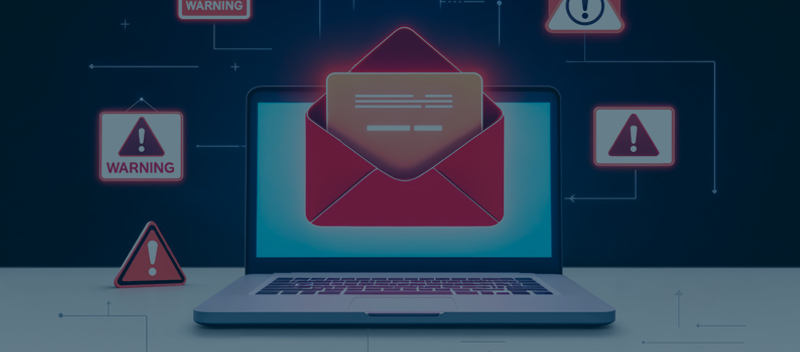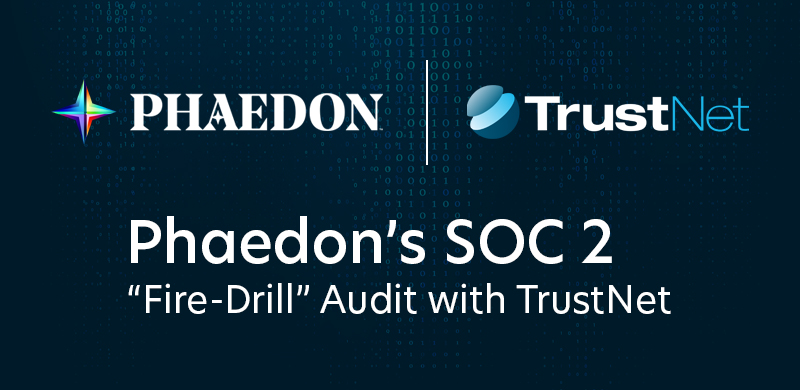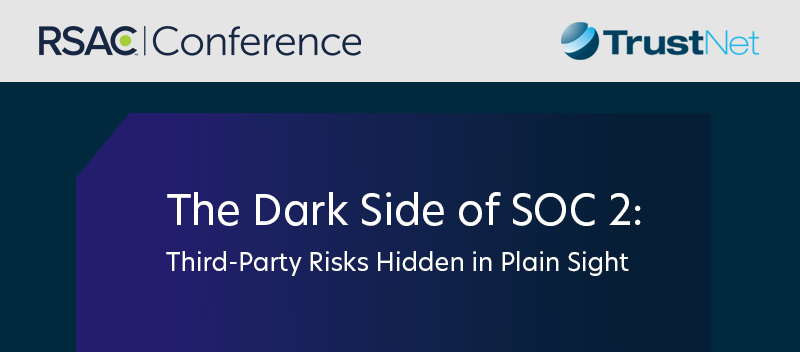Incident Response: Mitigating Cybersecurity Breaches

Incident response is all about being ready for the unexpected. Security breaches can happen to any organization, and having a solid plan makes all the difference. It’s not just about reacting to threats. You must detect them quickly, respond effectively, and recover with as little impact as possible.
Why is a comprehensive incident response critical?
-
- Cyber threats are becoming more advanced and difficult to detect.
- An effective response plan helps reduce downtime and protect critical data.
- Prevention and preparation are key to successful threat mitigation.
By understanding and implementing the essential components of incident response, organizations can make smarter, faster decisions in the face of cyber risks and protect what matters most — their data, reputation, and operations.
Key Components of Incident Response
An effective incident response plan is essential for managing security incidents and minimizing their impact. It is built on six key components, ensuring a structured approach to security incident management:
1. Preparation: Establish clear policies, assemble a skilled response team, and conduct regular training to ensure readiness before a breach occurs.
2. Detection and Analysis: Continuously monitor systems, evaluate alerts, and swiftly determine the scope of security incidents
3. Containment: Limit the spread of threats with immediate, temporary containment strategies, isolating affected systems to prevent further damage.
4. Eradication: Eliminate the root cause, including malware removal, vulnerability patching, and addressing misconfigurations.
5. Recovery: Safely restore systems to full functionality, addressing lingering risks to prevent repeat incidents.
6. Lessons Learned/Post-Incident Review: Review incident response actions to strengthen future defenses and refine the response process.
Following these foundational components allows organizations to respond confidently to incidents, reduce damage, and build resilience against future threats.
Learn more about TrustNet’s cybersecurity and compliance services. Connect with our experts today for a complimentary consultation.
Incident Response Team Roles
An incident response team consists of various cybersecurity roles working together to manage and mitigate threats effectively. Key team members include:
Technical Experts
-
- IT and Security Team Members: Provide technical expertise in company systems.
- Security Analysts: Analyze data to identify root causes and assess threats.
- Threat Intelligence Experts & Incident Responders: Mitigate attacks and provide insights.
- Incident Handlers: Lead investigations and respond to security events.
Analysts
-
- Forensic Analysts: Examine digital evidence to uncover causes of incidents.
Communications Specialists
-
- Internal Communications Coordinators & Public Relations Representatives: Manage communication within the organization and with media or external stakeholders.
- Communication Leads: Oversee public and internal messaging.
Additional Roles
-
- Team Leaders/Incident Coordinators: Direct the team on response efforts.
- Investigative Leads: Collect and analyze evidence for effective resolution.
Each role is vital for seamless incident management and effective threat response.
Common Types of Security Incidents
Understanding the types of cyber incidents helps organizations prepare for and respond effectively to potential threats. Here are some common security breach examples:
-
- Malware Attacks: Malicious software, such as viruses or ransomware, infiltrates systems, disrupting operations or stealing data.
- Data Breaches: Unauthorized access to sensitive information, often leading to data theft or exposure.
- Phishing: Cybercriminals use deceptive emails or websites to trick users into revealing personal or financial details.
- Denial-of-Service (DoS) Attacks: Overwhelms systems, making resources or services unavailable to users.
- Insider Threats: Employees or trusted individuals intentionally or accidentally compromise security.
- Unauthorized Access: Gaining entry to restricted systems or networks without permission.
Recognizing these threats helps organizations strengthen defenses and respond swiftly to incidents.
Incident Response Technologies
Modern incident response tools and security technologies are essential for detecting, mitigating, and managing cyber threats. These tools streamline operations, improve efficiency, and enhance decision-making during incidents.
Key technologies include:
-
- SIEM (Security Information and Event Management): Platforms that collect, analyze, and correlate data from various sources to identify potential threats.
- SOAR (Security Orchestration, Automation, and Response): Platforms that automate routine tasks and help incident response teams coordinate and act faster.
- Endpoint Detection and Response (EDR): Tools that monitor devices for suspicious activity and provide advanced threat-hunting capabilities.
- Threat Intelligence Platforms: These deliver real-time insights into emerging risks and help organizations anticipate attacks.
- Intrusion Detection and Prevention Systems (IDPS): Monitors network traffic for suspicious activity and blocks potential threats.
- Forensic Tools: Helps analyze and preserve digital evidence during investigations.
- Vulnerability Management Tools: Identifies and addresses system weaknesses before they can be exploited.
Leveraging these technologies can help businesses respond more quickly and effectively to security incidents, reducing potential damage and improving resilience.
Secure Your Business with Proactive Incident Response
An effective incident response strategy is essential for any business. By focusing on proactive measures like early threat detection and equipping your response team with advanced tools and services, you can minimize risks and recover quickly from incidents.
TrustNet’s experts are here to help you enhance your cybersecurity defenses. From training to comprehensive managed detection and response services, we provide solutions for your organization to mitigate cyber threats and stay resilient.
Take control of your cybersecurity with proactive incident response. Speak with our experts today for a complimentary consultation.
Subscribe to the TrustNet Newsletter
actionable cybersecurity strategies, and TrustNet’s cutting-edge solutions.




